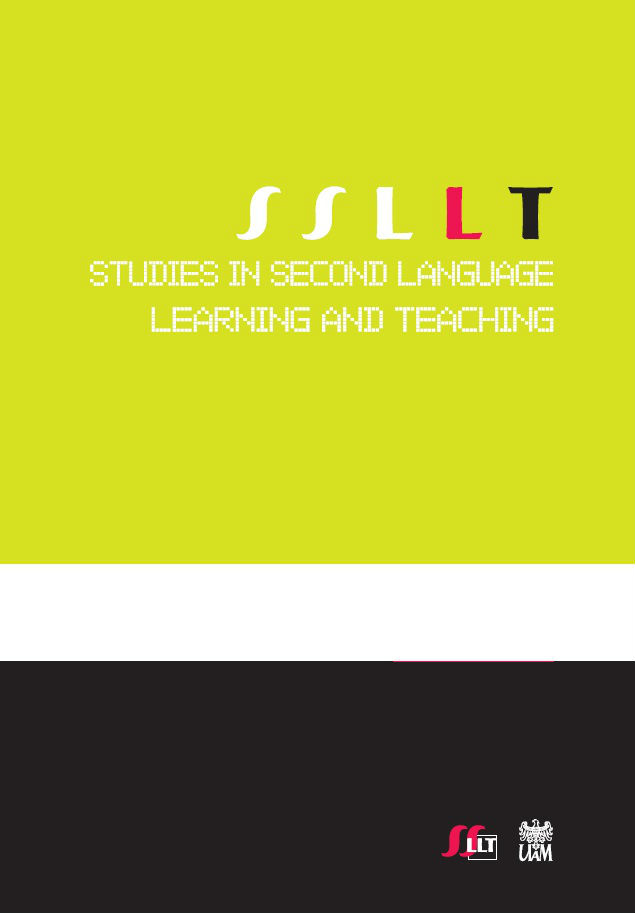Native-speaker and NnglisU as a lingua franca pronunciation norms: NnglisU majors’ views
Native-speaker and NnglisU as a lingua franca pronunciation norms: NnglisU majors’ views
Author(s): Aleksandra WachSubject(s): Education
Published by: Wojskowe Biuro Historyczne im. gen. broni Kazimierza Sosnkowskiego
Keywords: English as a Lingua Franca (ELF); teaching pronunciation; Lingua Franca Core (LFC); native-speaker pronunciation norms
Summary/Abstract: Within the communicative approach to English as a foreign language (EFL) teaching, the aims of instruction are primarily to enable learners to communicate;hence, functional and communicative intelligibility has become the goal of pronunciation training. On the other hand, contemporary approaches to EFL teaching leave sufficient room for accommodating the individual learner and contextual factors which largely influence the choice of the target pronunciation models. Moreover, in a globalized world, where English has become a contemporary lingua franca for intercultural communication, the pronunciation norms of English as a Lingua Franca (ELF) appear to meet the needs and expectations of learners of English in international settings, coexisting with or replacing nativespeaker pronunciation models as the target of instruction. The ELF approach and the Lingua Franca Core elaborated by Jenkins (2000, 2002) have aroused controversy among both researchers and EFL teachers. The paper presents the findings of a questionnaire study involving 234 Polish students, English majors, which aimed to determine their preferences and opinions concerning nativespeaker and ELF norms as pronunciation instruction targets. The findings revealed a strong preference for native-like pronunciation models in the subjects’ own language development and a less strong preference for such models in pronunciation teaching at all levels of proficiency. Moreover, the results pointed to the significant role played by the intensity of pronunciation training and the level of awareness of native-speaker pronunciation models in shaping the subjects’ attitudes toward native-like and ELF pronunciation norms.
Journal: Studies in Second Language Learning and Teaching
- Issue Year: I/2011
- Issue No: 2
- Page Range: 247-266
- Page Count: 20
- Language: English

